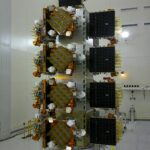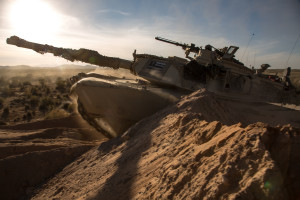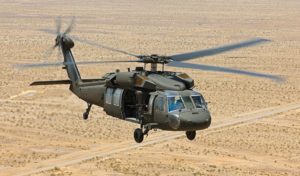
The Missile Defense Agency’s (MDA) director last Friday told lawmakers the Next Generation Interceptor (NGI) is changing its acquisition strategy to have a down-select this month, rather than after the Critical Design Review (CDR). In written testimony ahead of testifying before the House Armed Services’ Strategic Forces subcommittee on April 12, Lt. Gen. Heath Collins said the NGI program will transition from the technology development phase to the product development phase in May. “In April 2024, MDA anticipates it will…

 By
By 











